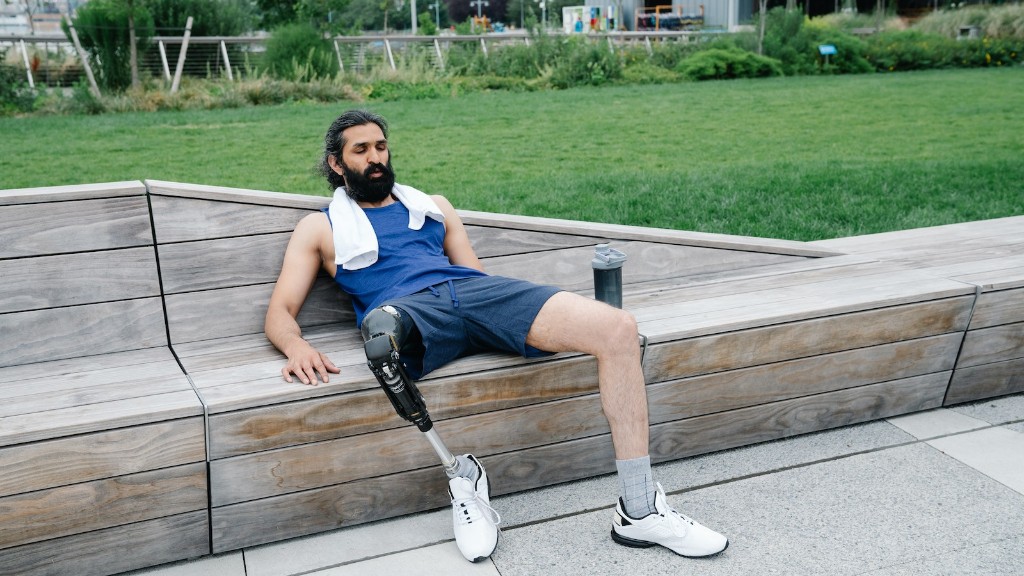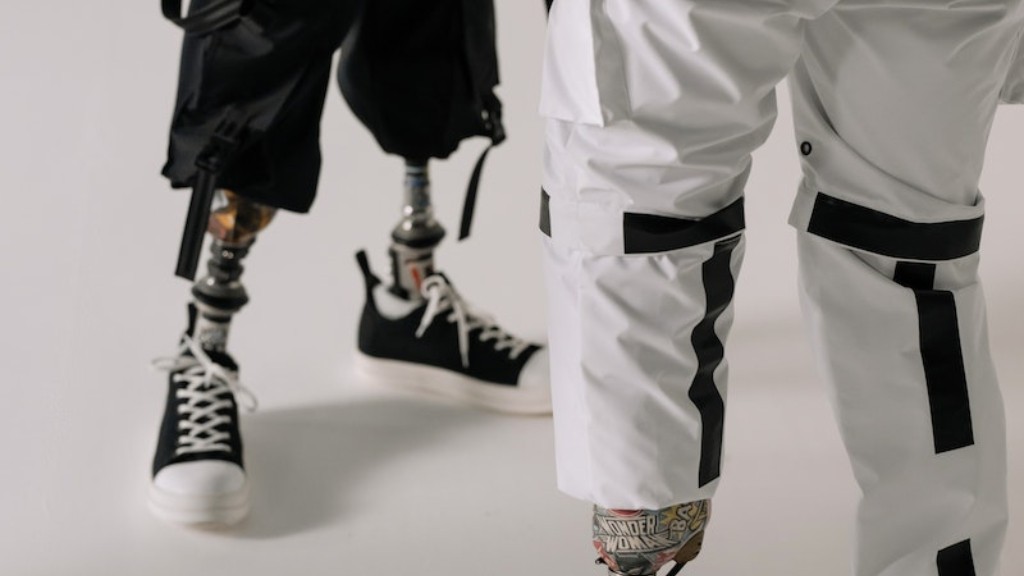Paris Tattoo Artist: Hand Tattoo Gun Prosthetic
In the ever-evolving world of art and technology, innovation continues to push boundaries and reshape conventional practices. Tattooing, once regarded as a skill limited to handheld tools, has recently witnessed a groundbreaking development in the form of a hand tattoo gun prosthetic. Although some view this invention as a revolutionary advancement in the art of tattooing, others highlight potential concerns and limitations.
The Advantages of a Hand Tattoo Gun Prosthetic
The introduction of a hand tattoo gun prosthetic presents numerous advantages in the field of tattoo artistry. Firstly, it allows tattoo artists with disabilities or hand impairments to pursue their passion and professional career. By offering increased dexterity and control, this prosthetic enables these artists to produce intricate and detailed designs with greater ease and precision.
Furthermore, a hand tattoo gun prosthetic offers benefits in terms of speed and efficiency. Traditional handheld tattoo tools require constant repositioning and readjusting, leading to prolonged tattooing sessions. In contrast, with the prosthetic, artists can seamlessly move their hand across the client’s skin, resulting in a smoother and faster process. This improvement in efficiency not only benefits the artist but also significantly reduces discomfort for the client, particularly during lengthier tattoo sessions.
Potential Concerns and Limitations
While the hand tattoo gun prosthetic brings forth significant advantages, it is essential to address the potential concerns and limitations associated with its use. One key concern revolves around the sense of touch. Tattoo artists rely heavily on tactile feedback to gauge the appropriate pressure, depth, and movement of the needle. However, with the prosthetic, this sensory connection may be compromised or altered, potentially impacting the quality and overall experience of the tattooing process.
Additionally, the adoption of a hand tattoo gun prosthetic raises questions surrounding the impact on the traditional hand tattooing technique. Traditional tattooing, involving handheld tools, has been practiced for centuries, laying the foundation for the art form. With the introduction of this prosthetic, there is a risk of losing the unique touch and personal artistic style associated with traditional hand tattooing. This raises concerns about the potential homogenization of tattoo aesthetics.
“I believe that the hand tattoo gun prosthetic revolutionizes the field and opens doors for artists with disabilities. However, we must also recognize the importance of preserving the traditional hand tattooing technique as an integral part of the art form’s history and diversity.” – Renowned Tattoo Artist, Sarah Williams
Examining the Impact
Real-life examples demonstrate the diverse impact of the hand tattoo gun prosthetic. In the case of renowned Paris tattoo artist Laurent Dubois, who lost the use of his dominant hand due to an accident, the prosthetic allowed him to continue practicing his craft. Not only did this innovation provide him with a means to support himself financially, but it also showcased the strength and resilience of human adaptability.
On the other hand, critics argue that the hand tattoo gun prosthetic devalues the authenticity and rawness associated with traditional tattooing. While the prosthetic offers greater precision and technical abilities, some argue that it can also lead to a more mechanical and standardized approach. Furthermore, the reliance on technology could potentially create a disconnect between the artist and the tattooing process, dampening the emotional and spiritual connection often associated with traditional hand tattooing.
A Balanced Approach
In conclusion, the introduction of a hand tattoo gun prosthetic presents both positive advancements and potential drawbacks within the tattooing industry. It offers individuals with disabilities or hand impairments an opportunity to pursue their passion while increasing efficiency and speed. However, concerns about the impact on traditional hand tattooing techniques and the potential loss of tactile connection cannot be dismissed entirely.
As we progress and innovate, it is crucial to strike a balance between embracing new technologies and preserving the authenticity and diversity of artistic practices. Tattoo artists and enthusiasts alike must engage in open dialogue and follow the lead of respected industry professionals to ensure that advancements in technology uphold the values and spirit of tattoo artistry.
Let us appreciate the beauty of innovation while never forgetting the roots that bring true meaning and character to the art we love.


